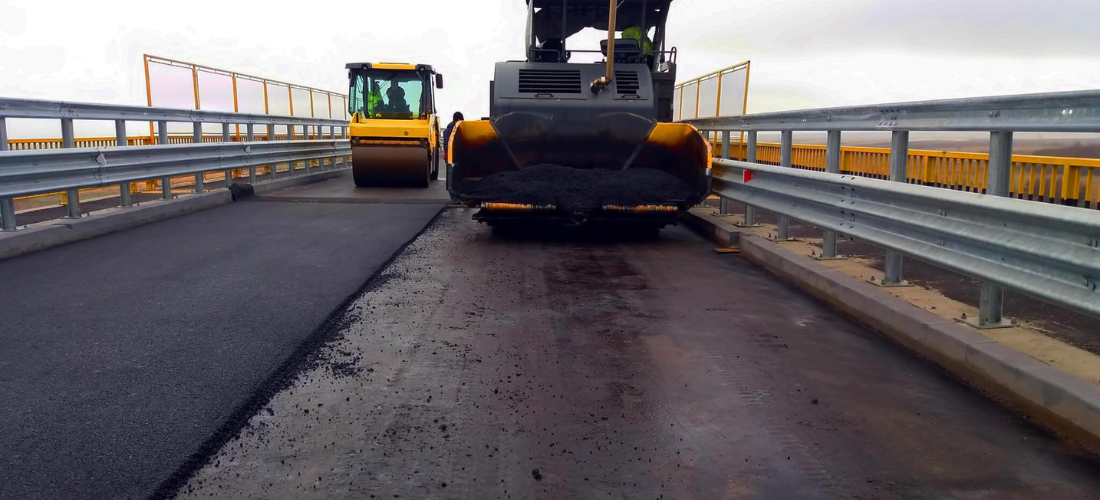Road maintenance is a dynamic and essential aspect of ensuring the longevity and safety of our transportation infrastructure. From preventive measures to reactive strategies, understanding the intricacies of road maintenance is crucial for creating and maintaining reliable road networks. In this blog post, we’ll decode road maintenance by exploring its types, effective strategies, and best practices.
Types of Road Maintenance
1. Preventive Maintenance:
Preventive maintenance aims to address issues before they become major problems. This includes routine inspections, crack sealing, and applying protective coatings to extend the life of the road surface. Regular upkeep minimizes the impact of weather, traffic, and environmental factors.
2. Corrective Maintenance:
Corrective maintenance involves addressing specific issues identified through inspections or complaints. This may include patching potholes, repairing damaged road signs, or fixing drainage problems. Corrective measures are responsive and focused on maintaining the immediate functionality of the road.
3. Rehabilitation:
Rehabilitation is more extensive and involves the repair or replacement of road elements to restore its structural integrity. This may include resurfacing, reconstructing pavement layers, or upgrading drainage systems. Rehabilitation efforts are essential for addressing wear and tear over time.
4. Emergency Maintenance:
Emergency maintenance is performed in response to unforeseen events such as natural disasters, accidents, or sudden infrastructure failures. Quick and effective responses are crucial to restoring road functionality and ensuring public safety during emergencies.
Effective Strategies for Road Maintenance
1. Asset Management:
Adopting an asset management approach involves systematic planning and decision-making based on the condition, performance, and expected lifespan of road assets. This strategy helps allocate resources efficiently and prioritize maintenance projects.
2. Technology Integration:
Incorporating technology, such as drones for inspections, data analytics for predictive maintenance, and advanced materials for durability, enhances the effectiveness of road maintenance strategies. Technology-driven solutions provide real-time insights and optimize resource allocation.
3. Community Engagement:
Engaging with the community is vital for successful road maintenance. Regular communication, public awareness campaigns, and feedback mechanisms help build understanding and support for maintenance initiatives.
4. Sustainable Practices:
Embracing sustainable practices in road maintenance includes using recycled materials, minimizing environmental impact, and adopting energy-efficient processes. Sustainability not only benefits the environment but also contributes to long-term cost savings.
Best Practices in Road Maintenance
1. Regular Inspections:
Routine inspections are the cornerstone of effective road maintenance. Regularly assessing road conditions helps identify issues early on, allowing for timely and cost-effective interventions.
2. Timely Repairs:
Timely repairs are crucial to preventing minor issues from escalating into major problems. Potholes, cracks, and other damages should be addressed promptly to maintain the integrity of the road surface.
3. Strategic Planning:
Strategic planning involves developing long-term maintenance plans based on the condition of the road network. Prioritizing projects, allocating resources, and setting clear objectives contribute to efficient maintenance practices.
4. Training and Skill Development:
Investing in the training and skill development of maintenance personnel ensures that they have the knowledge and expertise to execute maintenance tasks effectively. This enhances the quality and reliability of maintenance efforts. Decoding road maintenance requires a multifaceted understanding of the types, strategies, and best practices that govern the upkeep of our roadways. As we navigate the road ahead, armed with insights into preventive, corrective, and rehabilitation measures, along with effective strategies and best practices, we can contribute to the creation of safer, smoother, and more durable road networks. By embracing technology, sustainability, and community engagement, we pave the way for a resilient and sustainable transportation infrastructure that serves

